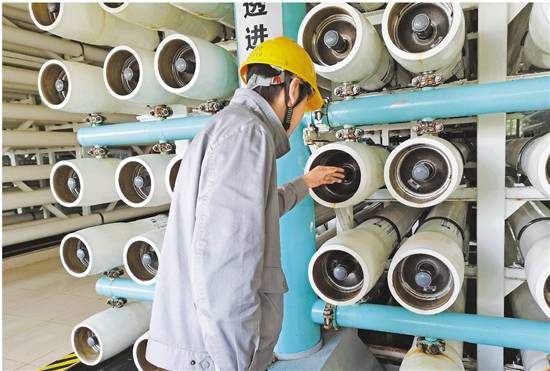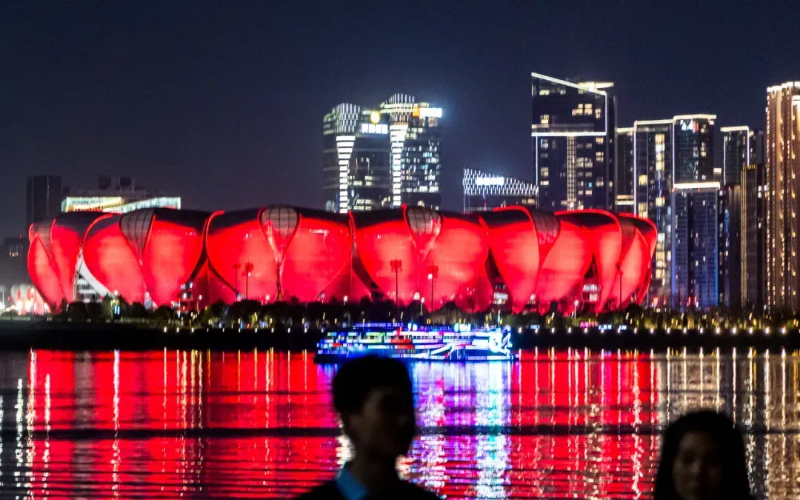Yuhuan power plant sets example for water conservation
In honor of the 29th World Water Day, the Zhejiang News Service published on March 22 a report on how a large thermal power plant in Yuhuan city, Zhejiang province, is serving as a model for water conservation.
The Yuhuan power plant, run by China Huaneng Group Co, consumes 500 metric tons of water per hour, and it was awarded the title of provincial-level benchmark enterprise for water conservation in 2020, as it manages to save 5 million tons of fresh water every year, roughly one third of the capacity of West Lake in Hangzhou.
The coastal city of Yuhuan is made up of hundreds of islands. Its per capita stock of water resource is only a quarter of the provincial average, a grim reality that motivates the engineers at the power plant to avoid the use of fresh water.
"It is China's only seaside power plant employing self-developed technologies to recycle as well as diversify the use of sea water, ensuring that not a single drop of fresh water is used throughout the process of power generation and not a single drop of wastewater is emitted," said Pang Shenglin, deputy director of the plant's product department.
According to Pang, the plant collects sea water via two tunnels it built under a lighthouse 1.2 kilometers off the coast. The collected sea water is then purified and desalinated using state-of-the-art technology. The treated water is to be consumed in power generation and be utilized by workers in their daily lives.

A worker examines a seawater treatment facility inside the Yuhuan power plant. [Photo/zj.zjol.com.cn]
Various types of domestic sewage produced in the plant go through biochemical incubation, filtration, disinfection, and other treatments before being recycled for irrigation.
The plant also recycles 3,000 tons of rainwater in wastewater pools for the clean-up of its coal-conveying system.
"The power plant helped a lot when Yuhuan was hit by a drought last year," a local government official said. Since last November, the power plant has been supplying nearby residents with excessive fresh water to alleviate the water shortage brought by drought. To date, the plant has offered nearly 300,000 tons of fresh water and benefitted around 20,000 local residents.





 play
play